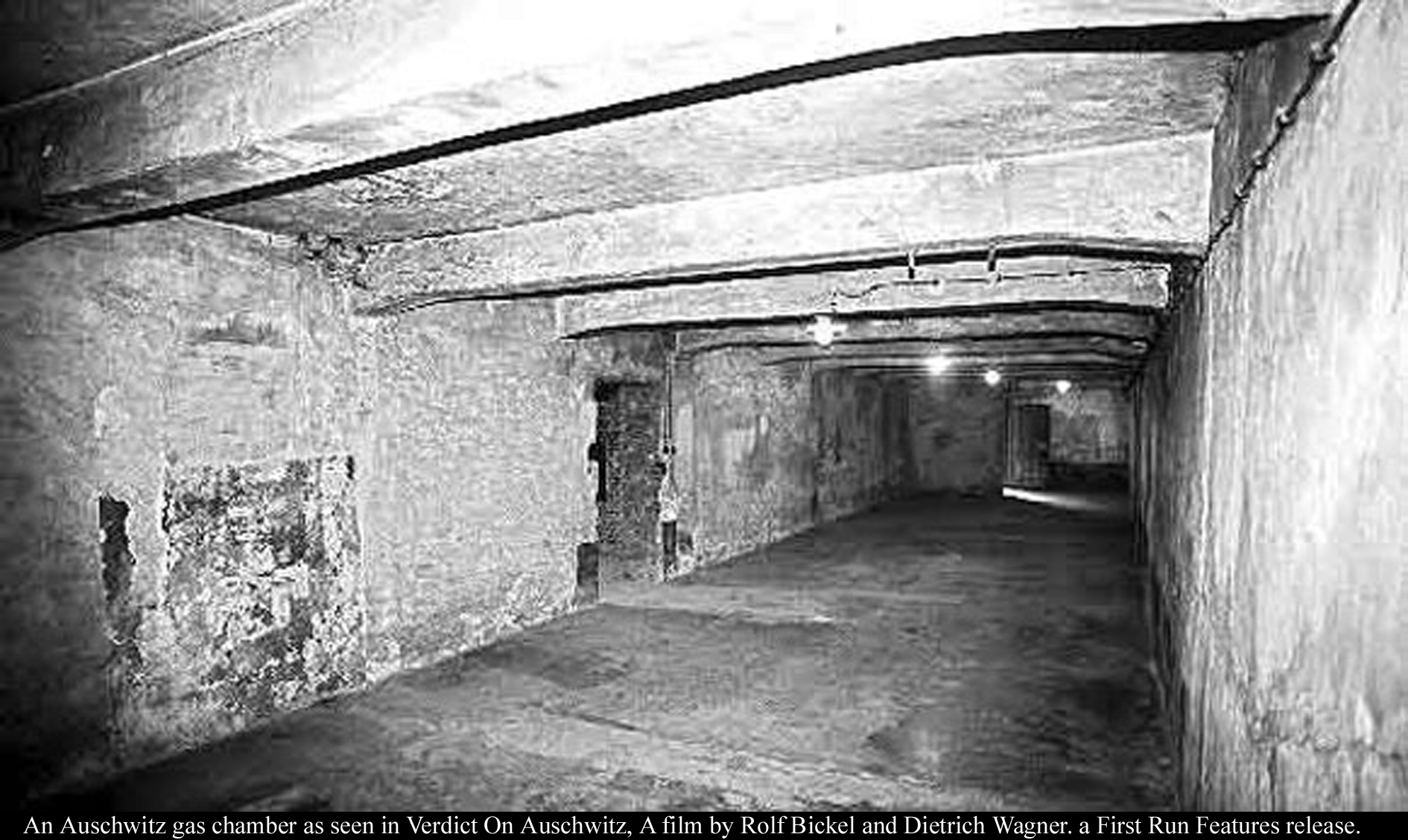- How are the Germans (and Japanese) portrayed in the opening sequence? How is irony created? They are fat, over fed. The irony is that they don't look like a master race.
- How is propaganda and the effect of propaganda portrayed with the introduction of Donald Duck? There are lots of Nazi symbols and pictures of Hitler.
- How is irony continued into the breakfast scene? Even the Nazis have poor food.
- How is Naxi Germany portrayed in the opening shot at 3:30? Nazi Germany is portrayed as a very dark place.
- What is ironic about the song lyrics regarding work and what is happening in the scene? They are singing about how good life is but the work is just as bad as the concentration camps.
- What does the conveyor belt portray regarding the lifestyle of Germans? Its faster than the Germans can cope with.
- Why do you think that there aren't actually any people that force Donald to work? We only see the ends of bayonets and a speaker. It gives you a feeling that there are more people than it looks. Like all Germans are like this.
- What is ironic about the vacation? Its not a break and he is forced to exercise.
- In the dream sequence, how are the Germans portrayed? Why? They are portrayed as missiles and machines. The only thing they do is fight.
- What do the pajamas when we see Donald in his bed tell us? He is back in america..
- What is the Statue of Liberty used to convey? It contrasts the Germans as it welcomes other races into the country.
- How is Hilter portrayed at the end of the film? What is it about his face that is important? He looks really angry and nothing about him represents a master race.
Why is this a representation of propaganda? Why is it actually ironic considering the way the Nazi's are portrayed? Its a very exaggerated representation of what all Germans are. Its ironic because America is mocking the Germans and in doing so saying they are better.
Who are the villains, victims, and heroes? The villains are the Germans. The victim is Donald Duck, and the Heroes are the Americans.
How are the portrayed? The Germans are portrayed as everything but the master race.
What can you conclude about how these characters are portrayed knowing that this was produced in 1943 USA? (write a short essay including a discussion of the director's use of film techniques.)

